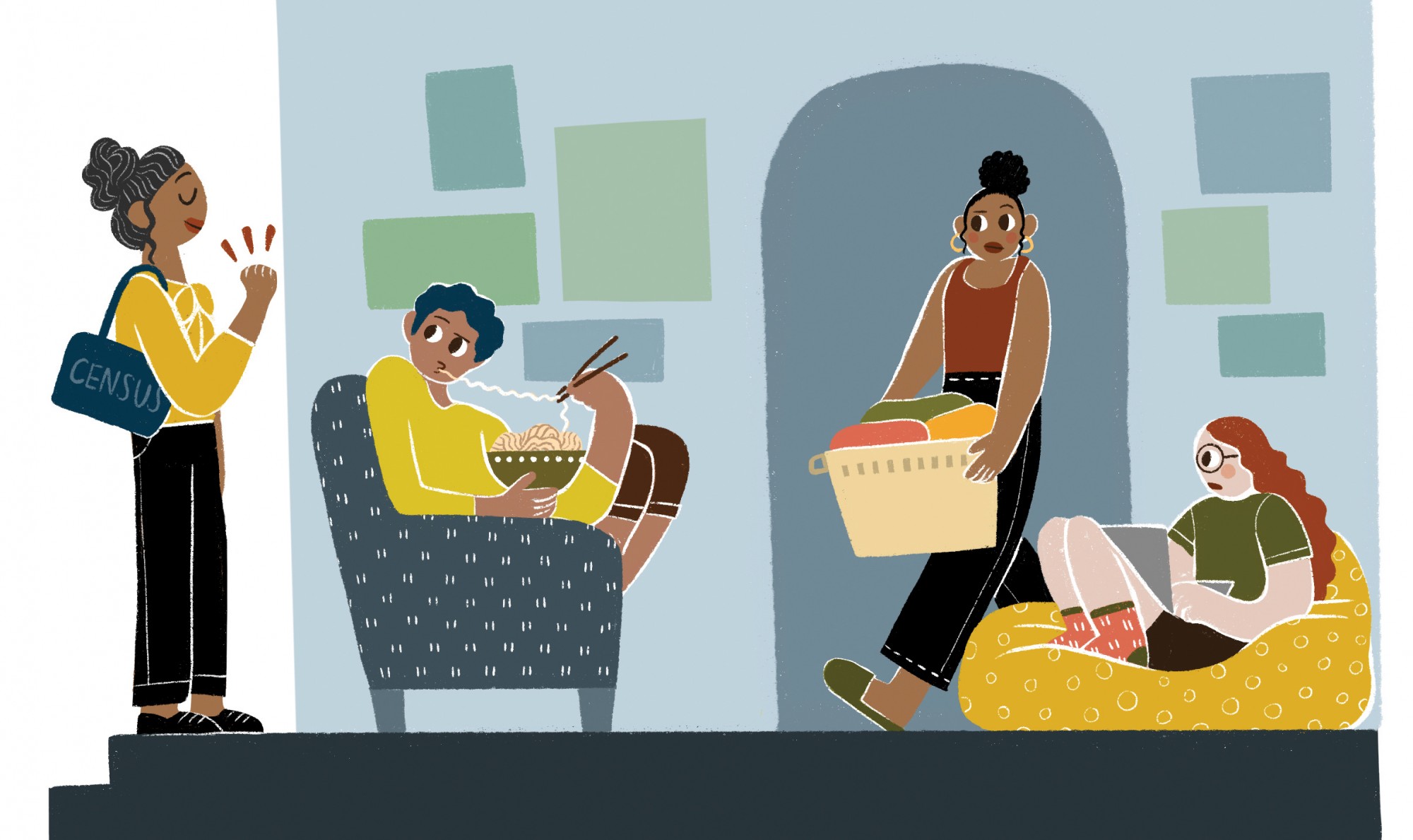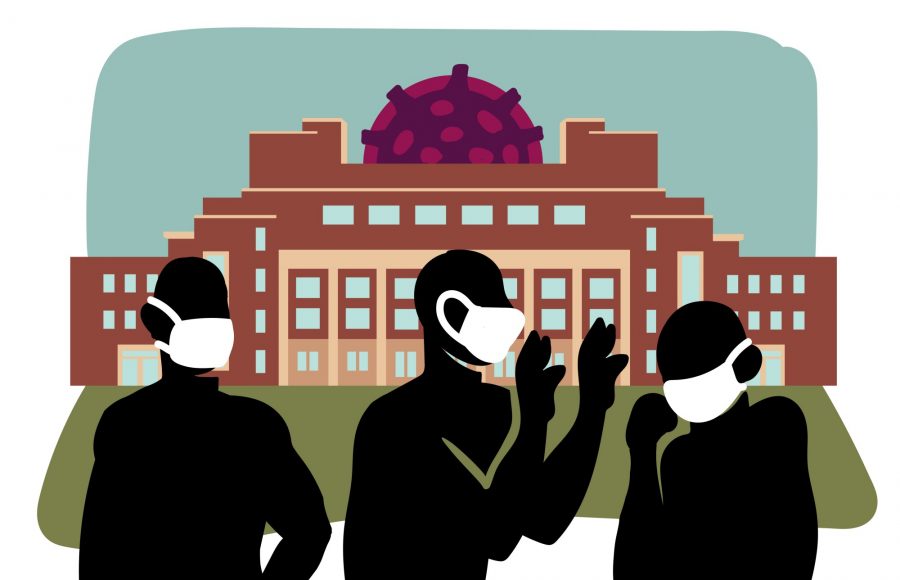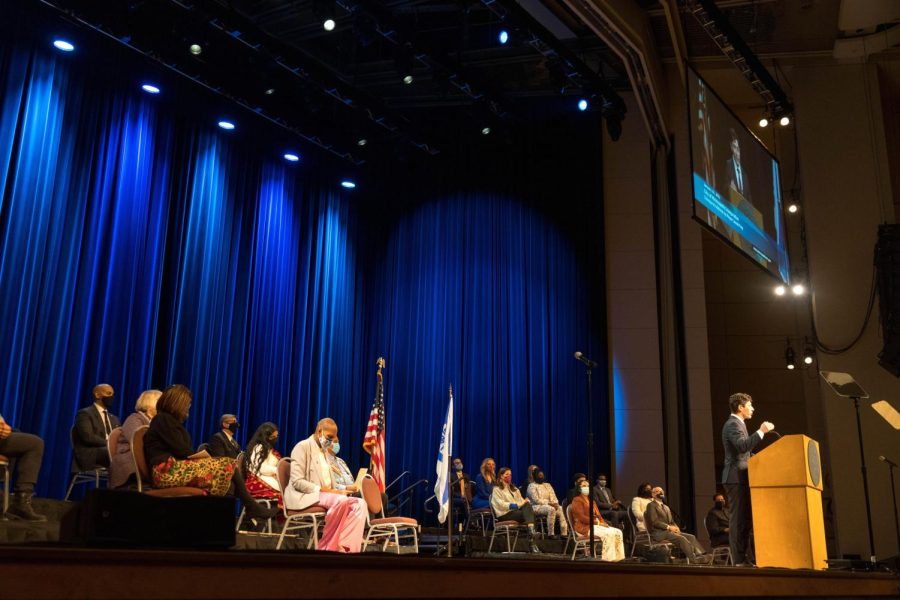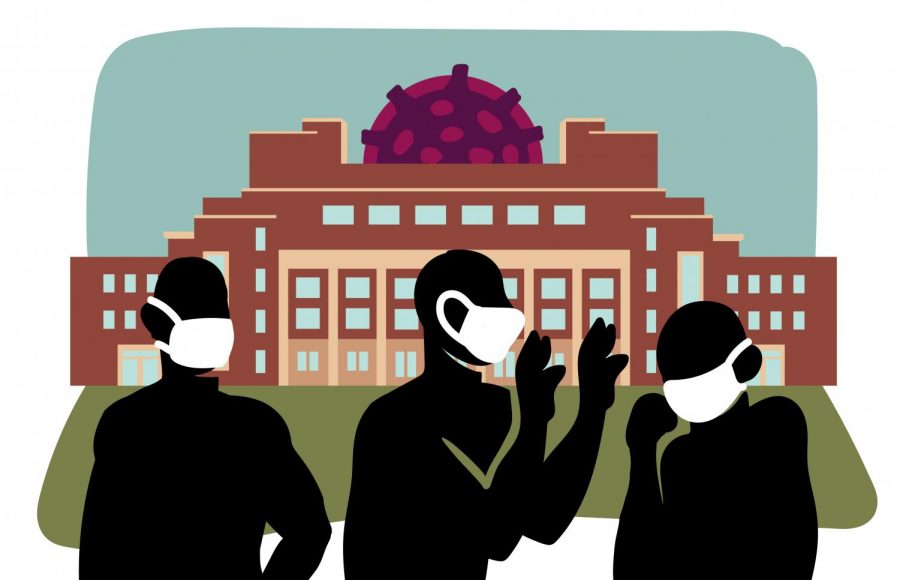With droves of students going home for the rest of the spring semester due to COVID-19, census officials have adjusted outreach to ensure the University of Minnesota community is still counted accurately.
Census promotion usually involves door knocking and events but will be replaced by remote communication to comply with social distancing guidelines. Census officials also say the mass exodus of college students could complicate the count.
The census guides resource allocation, from government aid and political representation to the businesses that move to an area, among others.
For every person that does not complete the census correctly, Minnesota could lose $28,000 over the next decade, said Mike Miller, a University of Minnesota legislative advocacy coordinator who works with the campus Complete Count Committee. He added that Minnesota is on the verge of losing a congressional seat if the state’s population is undercounted.
“The consequences of the census are going to be here after the pandemic isn’t,” said Andrew Virden, director of census operations and engagement with the state.
How should MN college students complete the census?
Census stakeholders stress that students should complete the census based on where they would have been living without coronavirus complications. Even if they’ve moved into their parent’s house, students who would be living in Dinkytown should fill out the census as if they still resided there.
“You kind of serve as a proxy for college students living in this neighborhood for the next 10 years moving forward,” Virden said. “There will be someone else living in that home next year.”
Those students should designate one roommate to complete a single census form for the entire household. Each student should fill out a sample census form to give to the designated roommate to make sure their information — like race, gender or age — is exactly the way the individual wants them to be on the official form.
If somebody spent most of their time in another’s home, even if they weren’t on the lease, they should be counted in that residence.
“If that is where the person spends most of their nights, then that is where they should be counted,” said Adrienne Falcon, Minnesota Census 2020 higher education coordinator.
Falcon emphasized that landlords will not see how an individual filled out the census.
The University is taking care of counting for students living in dorms and will be sending out a mass email this week to clarify the process.
Parents should not put their kids on their census forms if they were a student who would have been living elsewhere on April 1.
How has COVID-19 changed outreach, and has this happened before?
Because events have been canceled and flyers would not be effective, census officials plan to light up social media with census promotion in the coming weeks.
With field operations suspended, Minnesota census officials have money to divert to things like prizes for online drawings for those who complete the count.
“We’ve got to find other ways to motivate people to complete the census,” Miller said.
The U.S. Census has occurred every decade since 1790. Virden said the 1920 census was rejected for political reasons, making it the only census in more than 200 years to get tossed out. As a result, no redistricting took place until 1930.
“The census showed that the country was now a majority urban immigrant country, and the Congress didn’t want that,” Virden said. “So they’re like, okay, we’ll just disregard that.”













